Home>Technology>Home Entertainment Systems>What Is The Best Projector Screen For A Home Theater
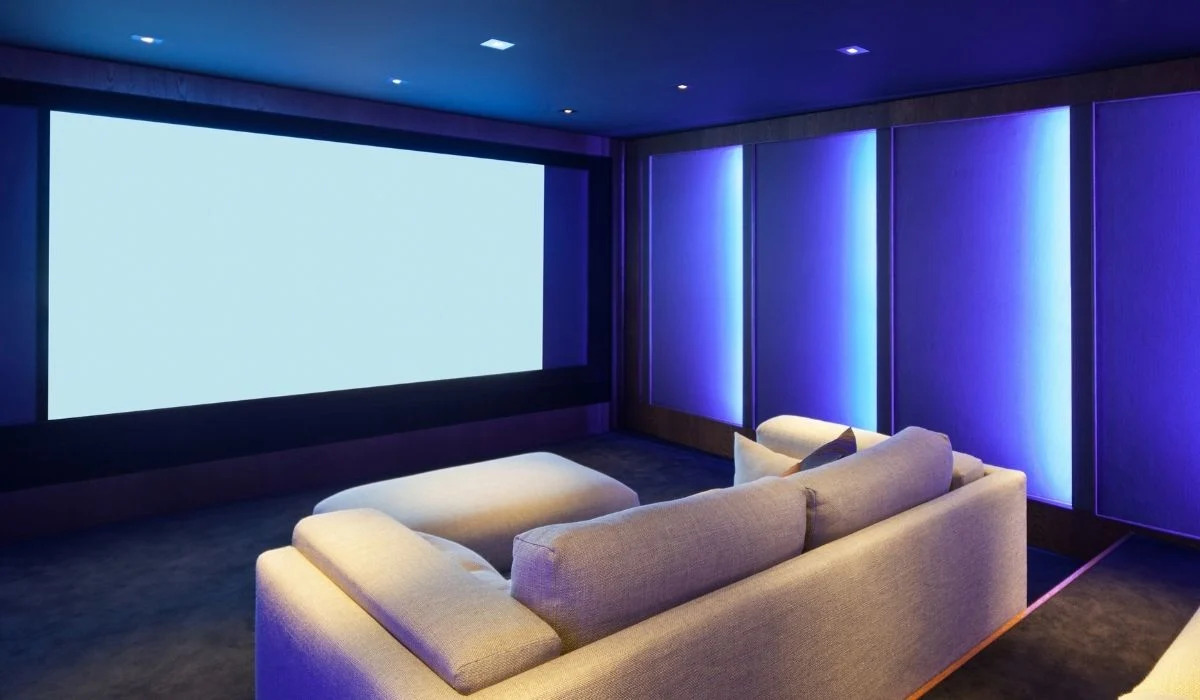

Home Entertainment Systems
What Is The Best Projector Screen For A Home Theater
Modified: October 21, 2024
Looking for the best projector screen for your home entertainment system? Discover top options and find the perfect fit for your home theater setup.
(Many of the links in this article redirect to a specific reviewed product. Your purchase of these products through affiliate links helps to generate commission for Storables.com, at no extra cost. Learn more)
Introduction
Creating a captivating home theater experience involves more than just a high-quality projector and surround sound system. The projector screen plays a pivotal role in delivering stunning visuals, making it a crucial component of any home entertainment setup. Whether you're a movie buff, a gaming enthusiast, or a sports fanatic, the right projector screen can elevate your viewing experience to new heights.
In this comprehensive guide, we will delve into the world of projector screens, exploring the various types available, factors to consider when making a selection, and tips for setting up and maintaining your screen. Whether you're a novice looking to enhance your movie nights or a seasoned home theater aficionado seeking to upgrade your setup, this article will provide valuable insights to help you make an informed decision.
A well-chosen projector screen can transform your living room or dedicated home theater space into a cinematic oasis, where every frame comes to life with unparalleled clarity and vibrancy. From the immersive experience of watching your favorite films on a large screen to the thrill of gaming on a massive display, the right projector screen can turn your entertainment dreams into reality.
As we embark on this exploration of projector screens, we'll consider the diverse needs and preferences of homeowners, recognizing that each individual's ideal screen may vary based on factors such as room size, ambient light, budget, and personal viewing habits. By understanding the nuances of projector screens and their impact on the overall viewing experience, you'll be better equipped to make an informed decision that aligns with your specific requirements.
So, whether you're seeking a budget-friendly option for casual movie nights or a premium screen for a dedicated home theater, this guide will equip you with the knowledge and insights needed to navigate the world of projector screens and select the best option for your home entertainment system. Let's embark on this journey to discover the perfect projector screen that will bring your favorite content to life in stunning detail and clarity.
Key Takeaways:
- Choose the right projector screen based on room size, budget, and viewing habits for an immersive home entertainment experience. Consider factors like ambient light, screen type, and installation flexibility to make an informed decision.
- Maintain your projector screen by regular cleaning, addressing stains, and protecting the surface. Proper installation and care ensure a visually captivating home entertainment space for movies, gaming, and multimedia content.
Factors to Consider When Choosing a Projector Screen
When selecting a projector screen for your home entertainment system, several crucial factors should be taken into account to ensure an optimal viewing experience. Understanding these considerations will empower you to make an informed decision that aligns with your specific needs and preferences.
1. Room Size and Layout
The dimensions and layout of the room where the projector screen will be installed play a significant role in determining the ideal screen size and type. Consider the viewing distance from the screen, as well as any obstructions or architectural features that may impact the placement and size of the screen.
2. Screen Size and Aspect Ratio
The screen size and aspect ratio should be chosen based on the intended usage and the dimensions of the viewing area. For cinematic experiences, a larger screen with a widescreen aspect ratio may be preferred, while a smaller, standard-sized screen may suffice for casual viewing or gaming.
3. Ambient Light Conditions
Assess the ambient light conditions in the room where the projector screen will be used. Rooms with significant natural or artificial light may benefit from a high-gain screen that minimizes ambient light interference, while dedicated home theaters with controlled lighting may accommodate a wider range of screen options.
4. Screen Material and Gain
The material and gain of the screen impact the brightness, color accuracy, and viewing angles. Consider the reflective properties of the screen material and its compatibility with the projector's brightness output to ensure vibrant and detailed image reproduction.
5. Installation Flexibility
Evaluate the installation options and flexibility offered by different types of projector screens. Fixed-frame screens provide a permanent, taut surface for optimal image quality, while retractable or motorized screens offer versatility and space-saving benefits, making them ideal for multipurpose rooms.
6. Budget and Quality
Balancing budget constraints with quality is essential when choosing a projector screen. While premium screens may offer superior image reproduction and build quality, budget-friendly options can still deliver impressive performance for casual viewing environments.
By carefully considering these factors, you can narrow down the myriad options available and select a projector screen that harmonizes with your home entertainment setup, ensuring an immersive and visually captivating viewing experience for years to come.
Types of Projector Screens
Projector screens come in various types, each offering unique features and benefits to cater to diverse home entertainment needs. Understanding the characteristics of different projector screen types is crucial in making an informed decision that aligns with your specific requirements. Let's explore the most common types of projector screens available in the market today:
Read more: What Color Is Best For Projector Screen
1. Fixed Frame Screens
Fixed frame projector screens are designed for permanent installation and are characterized by a rigid frame that holds the screen taut and flat. These screens are ideal for dedicated home theater rooms, providing a sleek and professional appearance while ensuring optimal image quality. Fixed frame screens are available in various aspect ratios and sizes, catering to different viewing preferences and room dimensions.
2. Motorized Screens
Motorized projector screens offer the convenience of automated operation, allowing the screen to retract into a protective housing when not in use. This type of screen is well-suited for multipurpose rooms or spaces where a clean, unobtrusive appearance is desired. With the touch of a button or remote control, the screen smoothly descends into position, ready to deliver immersive visuals for movie nights or gaming sessions.
3. Manual Pull-Down Screens
Manual pull-down projector screens are a cost-effective and versatile option for home entertainment setups. These screens feature a retractable design, allowing users to pull the screen down to the desired length and lock it in place. Manual pull-down screens are easy to install and are suitable for rooms with limited space, offering a practical solution for achieving a large viewing area without a permanent fixture.
4. Portable Screens
Portable projector screens are designed for on-the-go entertainment, making them ideal for outdoor movie nights, business presentations, or temporary setups. These screens are lightweight, compact, and easy to set up, providing flexibility for users who require a mobile projection solution. Portable screens are available in various formats, including tripod-mounted, floor-standing, and inflatable options, catering to different usage scenarios.
Read more: What Material Is Best For A Projector Screen
5. Tab-Tensioned Screens
Tab-tensioned projector screens are engineered to maintain a flat, wrinkle-free surface by incorporating tensioning mechanisms along the screen's edges. This design ensures uniformity and stability, preventing image distortion and enhancing overall image quality. Tab-tensioned screens are well-suited for environments where precise image reproduction and consistency are paramount, such as dedicated home theaters and professional presentation spaces.
6. Ambient Light Rejecting (ALR) Screens
Ambient light rejecting screens are specifically engineered to mitigate the impact of ambient light, making them an excellent choice for rooms with significant light interference. These screens feature specialized materials and coatings that enhance contrast and color saturation while minimizing the effects of ambient light, resulting in vibrant and detailed image reproduction even in brightly lit environments.
By familiarizing yourself with the characteristics and applications of these projector screen types, you can make an informed decision that aligns with your viewing preferences, room layout, and overall home entertainment setup. Whether you prioritize seamless automation, portability, or optimized image quality, there's a projector screen type tailored to meet your specific needs, ensuring an immersive and visually captivating viewing experience.
Best Projector Screens for Different Budgets
When it comes to selecting a projector screen, budget considerations play a significant role in determining the available options. Fortunately, the market offers a diverse range of projector screens tailored to different budgetary constraints, ensuring that homeowners can find a suitable screen without compromising on quality or performance. Whether you're seeking an affordable entry-level option or a premium screen with advanced features, there are projector screens available to accommodate various budgets.
Budget-Friendly Options
For those seeking a cost-effective projector screen without sacrificing visual quality, manual pull-down screens and portable options are excellent choices. Manual pull-down screens, characterized by their simplicity and ease of installation, offer a practical solution for achieving a large viewing area at an affordable price point. These screens are available in various sizes and aspect ratios, catering to different room dimensions and viewing preferences.
Portable projector screens, designed for on-the-go entertainment and temporary setups, provide a budget-friendly option for users who require a mobile projection solution. Despite their affordability, portable screens deliver convenience and flexibility, making them ideal for outdoor movie nights, business presentations, or casual home entertainment setups.
Read more: Which Is The Best Screen For A Projector?
Mid-Range Selections
Homeowners with a moderate budget can explore motorized screens and tab-tensioned options, which offer enhanced features and performance without reaching the premium price range. Motorized screens provide the convenience of automated operation, allowing users to enjoy the benefits of a retractable screen with smooth, motorized deployment. This type of screen is well-suited for multipurpose rooms or dedicated home theaters, offering a balance of functionality and affordability.
Tab-tensioned projector screens, engineered to maintain a flat, wrinkle-free surface through tensioning mechanisms, deliver superior image quality and consistency at a mid-range price point. These screens are ideal for environments where precise image reproduction is essential, making them a compelling choice for homeowners seeking high-quality visuals without exceeding their budget constraints.
Premium Offerings
For those with a more generous budget and a desire for top-tier performance, fixed frame screens and ambient light rejecting (ALR) screens represent premium options that deliver unparalleled visual experiences. Fixed frame screens, known for their professional appearance and optimal image quality, provide a permanent, taut surface for exceptional viewing experiences. These screens are ideal for dedicated home theater rooms, offering a premium solution for homeowners who prioritize visual excellence and long-term durability.
Ambient light rejecting screens, engineered to mitigate the impact of ambient light and enhance contrast and color saturation, represent the pinnacle of projector screen technology. While commanding a higher price, ALR screens are a worthy investment for homeowners seeking uncompromising image quality in rooms with significant light interference, ensuring vibrant and detailed image reproduction even in brightly lit environments.
By considering these budget-friendly, mid-range, and premium projector screen options, homeowners can make an informed decision that aligns with their specific budget constraints and viewing preferences, ensuring a visually captivating and immersive viewing experience without overspending.
How to Set Up and Install a Projector Screen
Setting up and installing a projector screen is a crucial step in creating an immersive home entertainment experience. Whether you're transforming a dedicated home theater room or setting up a temporary viewing space, proper installation ensures optimal image quality and viewing comfort. Here's a detailed guide to help you navigate the process of setting up and installing your projector screen:
1. Determine the Ideal Location
Before installation, carefully assess the room layout and determine the optimal location for the projector screen. Consider factors such as viewing angles, seating arrangement, and potential obstructions to ensure an unobstructed view for all viewers. Additionally, take into account the projector's throw distance and position the screen accordingly to achieve the desired image size and clarity.
Read more: What Is Gain In A Projector Screen
2. Prepare the Mounting Surface
Ensure that the mounting surface for the projector screen is stable, level, and capable of supporting the screen's weight. For fixed frame screens, accurately measure and mark the mounting points on the wall, taking into consideration the screen's dimensions and aspect ratio. In the case of motorized or retractable screens, verify that the ceiling or wall can accommodate the screen housing and motorized components.
3. Install the Mounting Hardware
Depending on the type of projector screen, follow the manufacturer's instructions to install the mounting hardware securely. For fixed frame screens, use appropriate anchors and fasteners to affix the frame to the wall, ensuring a level and flush installation. Motorized screens may require ceiling or wall brackets to support the housing and facilitate smooth operation. Carefully follow the provided guidelines to ensure safe and reliable mounting.
4. Unpack and Assemble the Screen
If you're installing a manual pull-down or portable projector screen, carefully unpack the screen and assemble any included components according to the manufacturer's instructions. Ensure that the screen surface is free from wrinkles or creases, as these can impact image quality. For fixed frame screens, carefully attach the screen material to the frame, ensuring a taut and uniform surface for optimal viewing.
5. Test the Projection
Once the screen is securely installed, test the projection to ensure that the image is centered, level, and free from distortion. Adjust the projector's position and settings as needed to achieve the desired image size and clarity. Take into account any ambient light conditions and make adjustments to the screen material or projector settings to optimize image visibility and contrast.
Read more: How To Set Up A Home Theater Projector
6. Cable Management and Final Adjustments
After confirming the optimal projection setup, manage the cables and connections to ensure a tidy and organized installation. Conceal or route cables discreetly to maintain a clean and professional appearance. Make any final adjustments to the screen position, tension, or motorized operation to fine-tune the viewing experience and ensure seamless functionality.
By following these steps, you can set up and install your projector screen with confidence, creating an inviting and visually captivating home entertainment space for enjoying movies, gaming, and multimedia content. A well-installed projector screen not only enhances the viewing experience but also adds a touch of cinematic elegance to your home environment.
Maintenance and Care for Projector Screens
Proper maintenance and care are essential for preserving the performance and longevity of your projector screen, ensuring that it continues to deliver stunning visuals for years to come. By implementing routine maintenance practices and exercising caution during cleaning and handling, you can safeguard the screen's integrity and optimize its visual capabilities. Here's a comprehensive guide to maintaining and caring for your projector screen:
Regular Cleaning
Regular cleaning is crucial for preserving the visual clarity and integrity of the screen surface. Dust, dirt, and airborne particles can accumulate on the screen, potentially impacting image quality. To clean the screen, use a soft microfiber cloth or a screen-specific cleaning kit to gently remove any surface debris. Avoid using abrasive materials or harsh chemicals, as these can damage the screen material and affect its reflective properties.
Addressing Stains and Spills
In the event of accidental spills or stains on the screen surface, it's important to address them promptly to prevent permanent damage. Use a mild detergent solution or specialized screen cleaning products to spot-clean the affected areas, taking care to blot the stain gently without rubbing, which can cause discoloration or damage to the screen material. Always refer to the manufacturer's guidelines for cleaning and stain removal to avoid unintended consequences.
Read more: How Many Lumens For A Home Theater Projector
Protecting the Screen Surface
To prevent physical damage and maintain the screen's smooth surface, handle the screen with care during installation, adjustment, and maintenance. Avoid applying excessive force or pressure to the screen material, as this can lead to creases, tears, or distortion. When not in use, consider covering the screen with a protective fabric or utilizing a retractable screen housing to shield it from dust, sunlight, and potential impact.
Inspecting for Damage
Periodically inspect the screen for any signs of damage, such as tears, creases, or warping. Address any issues promptly to prevent further deterioration and maintain optimal image reproduction. If using a motorized or retractable screen, verify the smooth operation of the motorized components and address any unusual noises or malfunctions promptly to prevent mechanical issues.
Environmental Considerations
Consider the environmental factors that can impact the screen's performance, such as exposure to direct sunlight, excessive humidity, or temperature fluctuations. Position the screen away from direct sunlight to prevent discoloration and heat damage. Additionally, maintain a consistent indoor environment to minimize the impact of humidity and temperature variations on the screen material.
By adhering to these maintenance and care practices, you can ensure that your projector screen remains in pristine condition, delivering vibrant and immersive visuals for your home entertainment experiences. With proper care and attention, your projector screen will continue to be a centerpiece of visual excellence, enriching your movie nights, gaming sessions, and multimedia experiences with uncompromising image quality and clarity.
Conclusion
In conclusion, the selection and installation of a projector screen are pivotal steps in creating an immersive and visually captivating home entertainment experience. By considering factors such as room size, ambient light conditions, budget, and personal preferences, homeowners can make informed decisions when choosing the ideal projector screen for their specific needs. Whether opting for a budget-friendly manual pull-down screen, a versatile motorized option, or a premium fixed frame or ambient light rejecting (ALR) screen, there are projector screens available to cater to diverse budgets and viewing requirements.
The diverse types of projector screens, including fixed frame, motorized, manual pull-down, portable, tab-tensioned, and ambient light rejecting (ALR) screens, offer unique features and benefits tailored to different usage scenarios. Understanding the characteristics and applications of each screen type empowers homeowners to select the most suitable option for their home entertainment setup, ensuring an optimal viewing experience that aligns with their preferences and room layout.
Furthermore, the maintenance and care of projector screens are essential for preserving their visual clarity and longevity. Regular cleaning, addressing stains and spills, protecting the screen surface, inspecting for damage, and considering environmental factors contribute to the screen's continued performance and visual excellence.
By following the detailed guide for setting up and installing a projector screen, homeowners can ensure a seamless and professional installation process, creating an inviting and visually captivating home entertainment space for enjoying movies, gaming, and multimedia content. Proper installation, cable management, and final adjustments contribute to an optimal viewing experience and a touch of cinematic elegance in the home environment.
In essence, a well-chosen and properly maintained projector screen serves as the cornerstone of a captivating home theater or entertainment space, where every visual detail comes to life with stunning clarity and vibrancy. Whether indulging in movie nights, gaming marathons, or multimedia presentations, the right projector screen enhances the overall viewing experience, transforming the living space into a cinematic oasis.
As homeowners embark on the journey of selecting, installing, and maintaining a projector screen, they gain the opportunity to elevate their home entertainment experiences, creating lasting memories and immersive moments that resonate with family and friends. With the right projector screen at the center of the entertainment setup, every frame becomes a captivating spectacle, enriching the home environment with the magic of cinematic visuals and unparalleled viewing experiences.
Frequently Asked Questions about What Is The Best Projector Screen For A Home Theater
Was this page helpful?
At Storables.com, we guarantee accurate and reliable information. Our content, validated by Expert Board Contributors, is crafted following stringent Editorial Policies. We're committed to providing you with well-researched, expert-backed insights for all your informational needs.

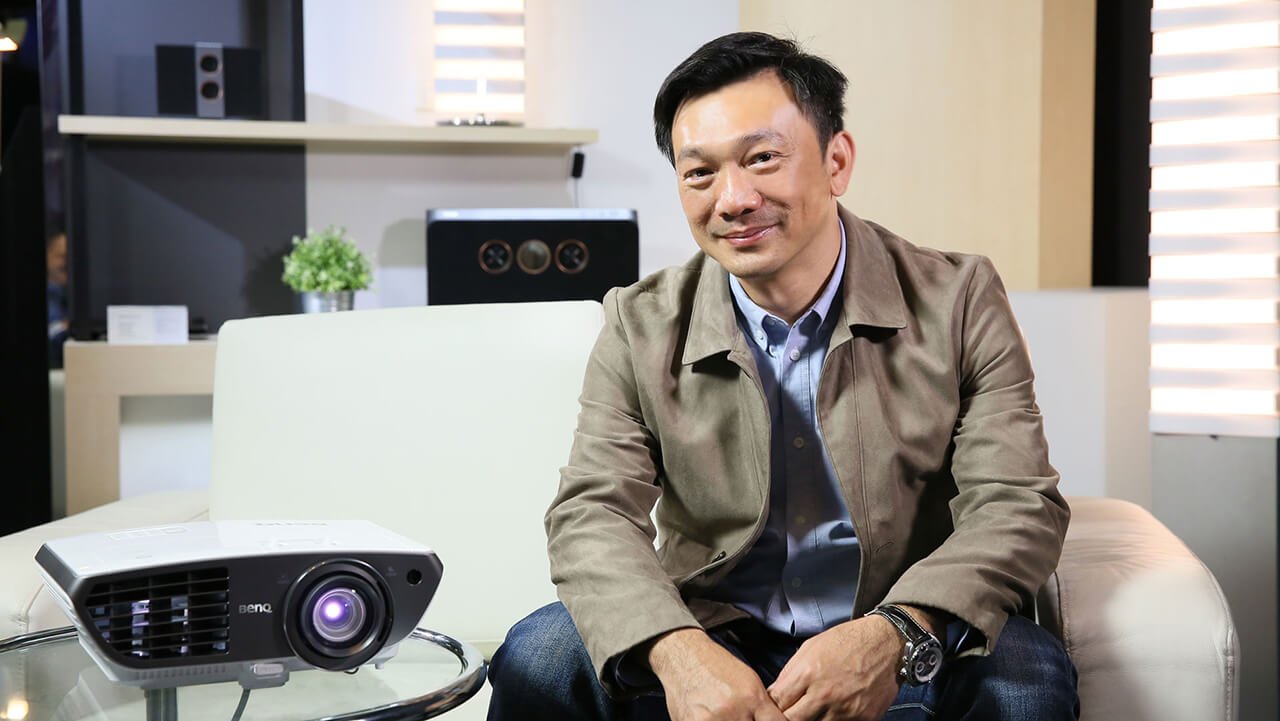
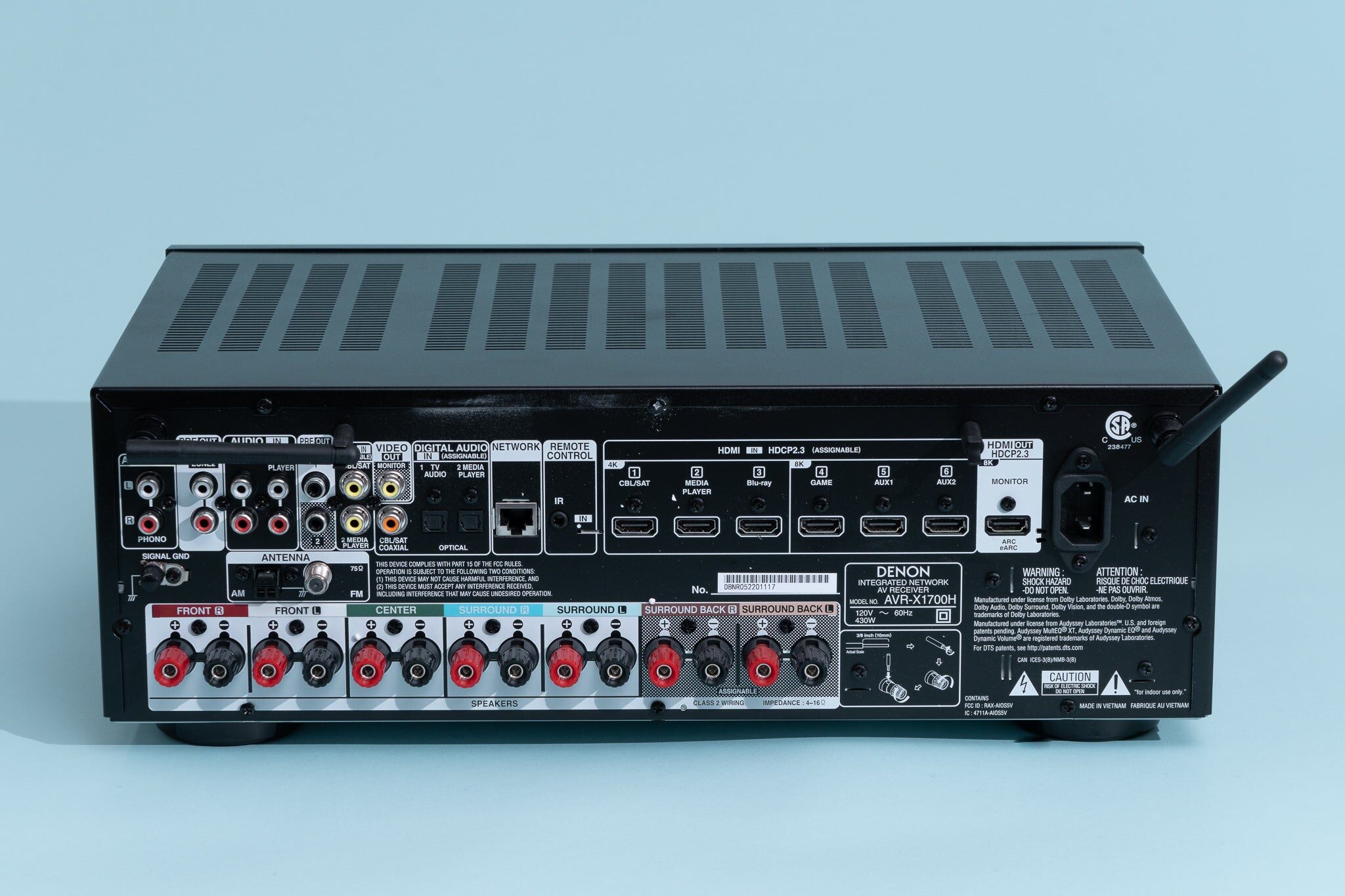
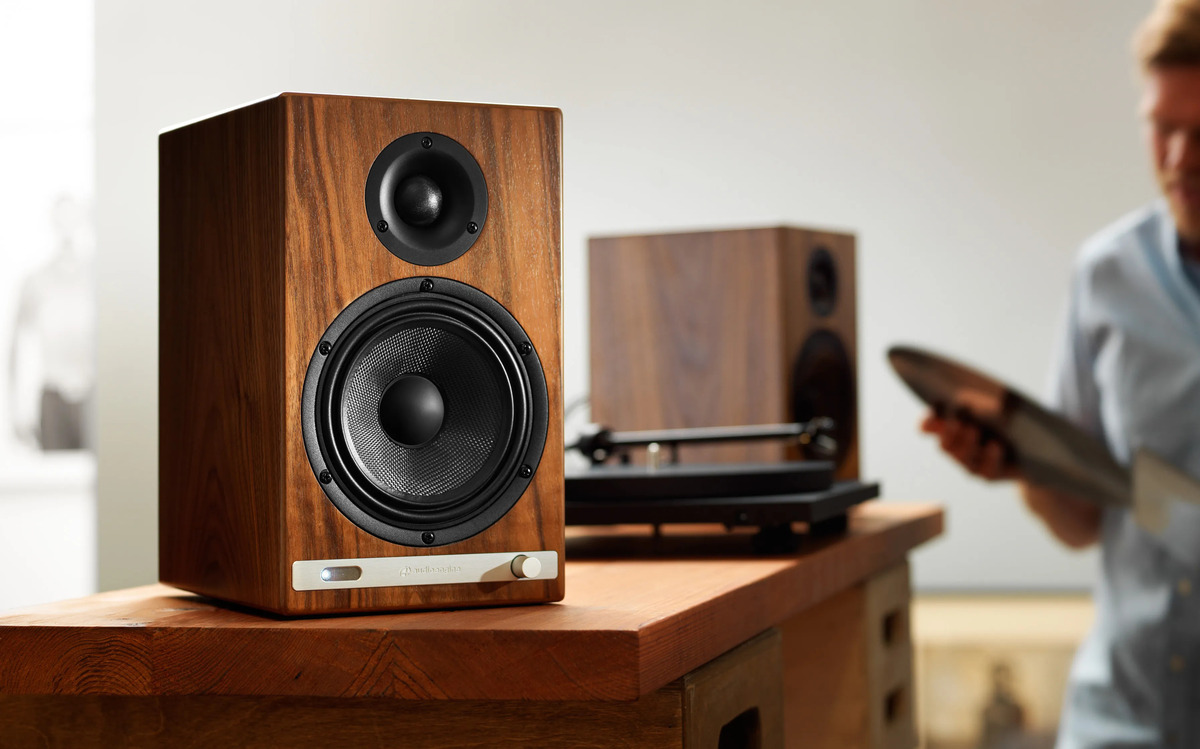
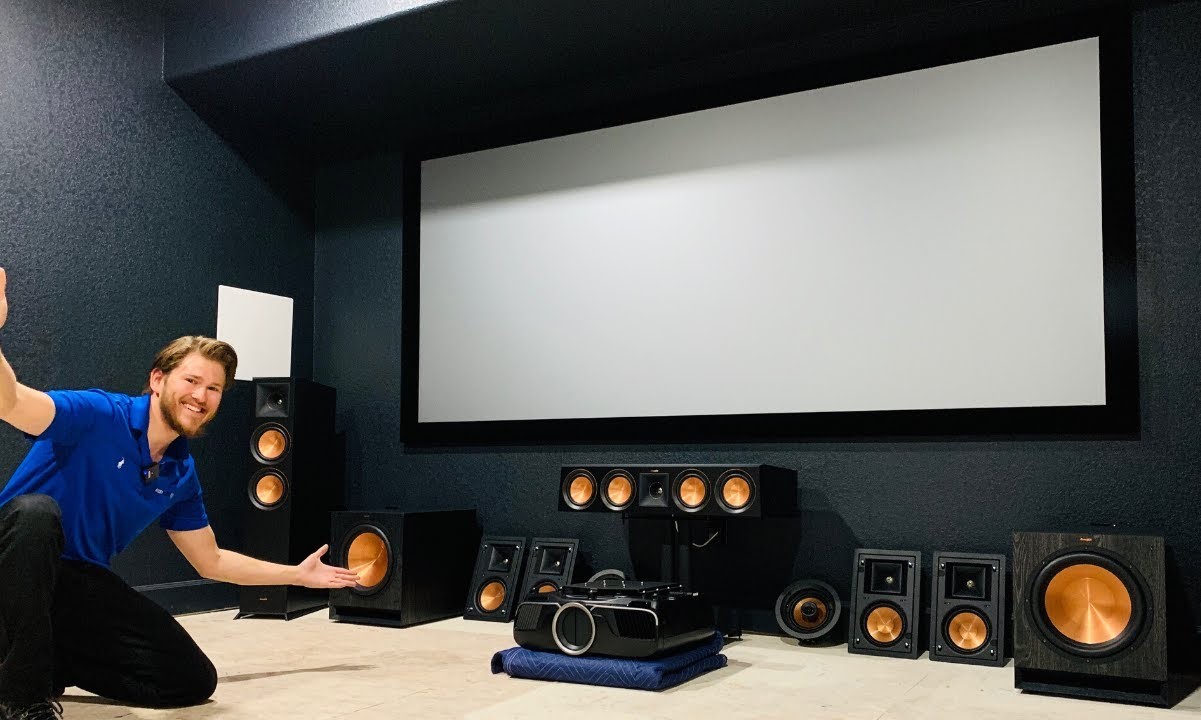
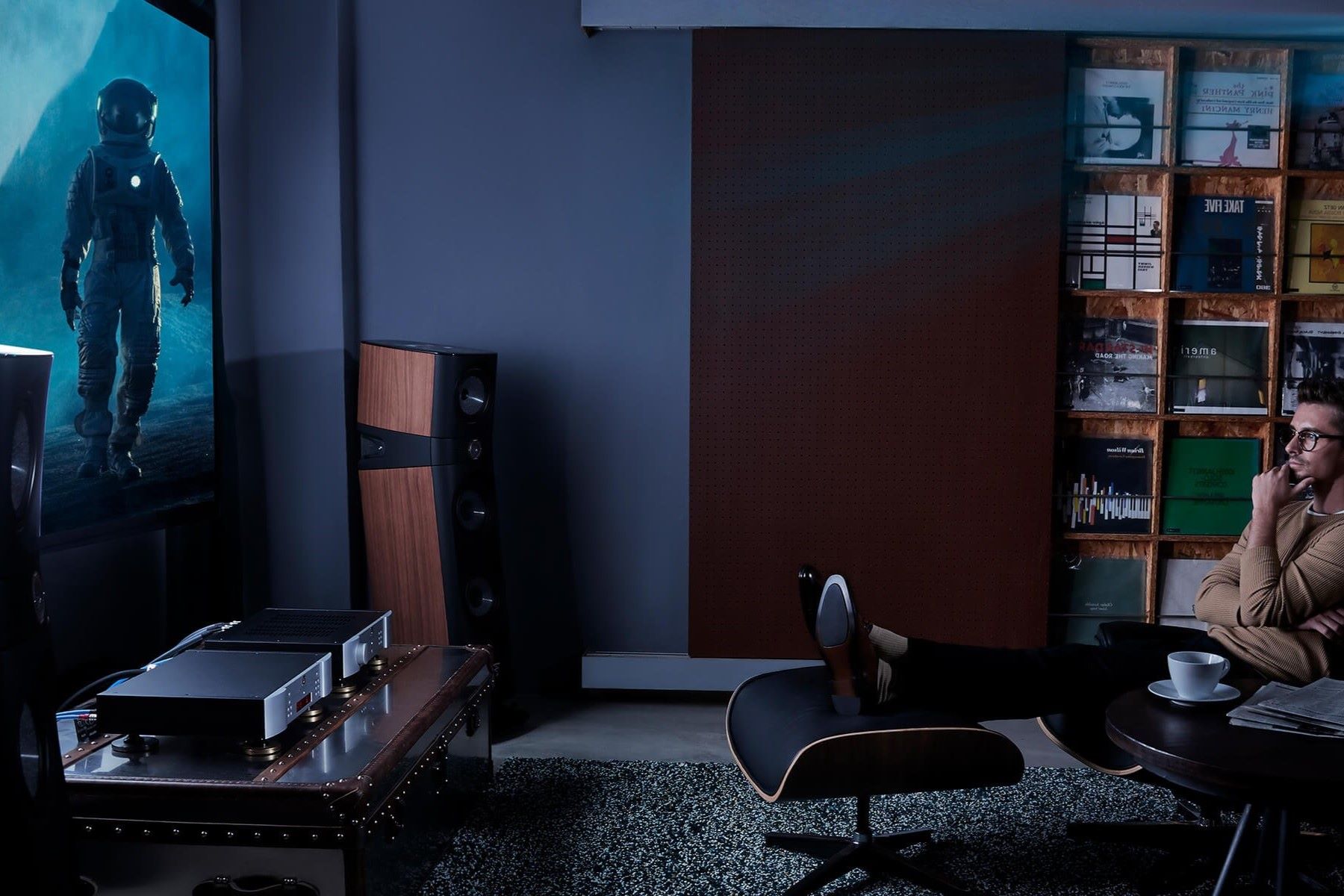
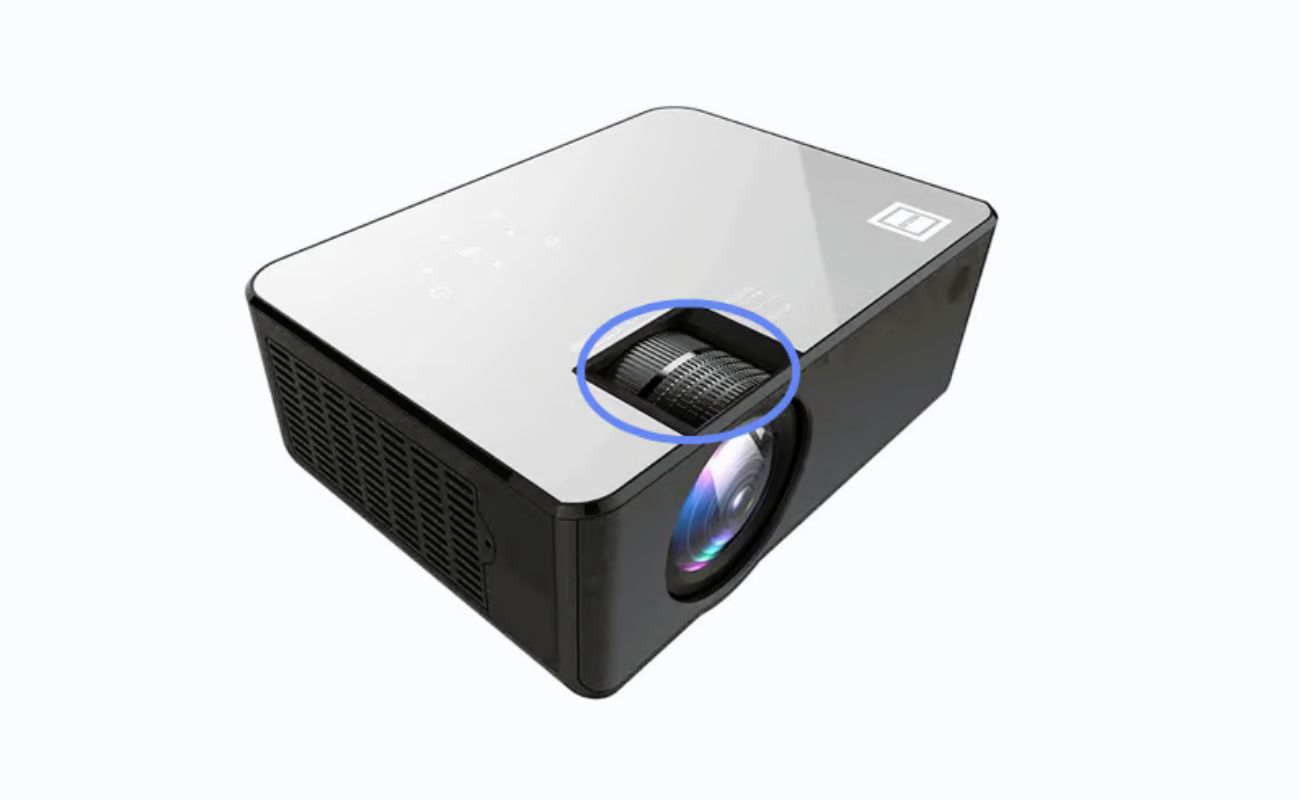
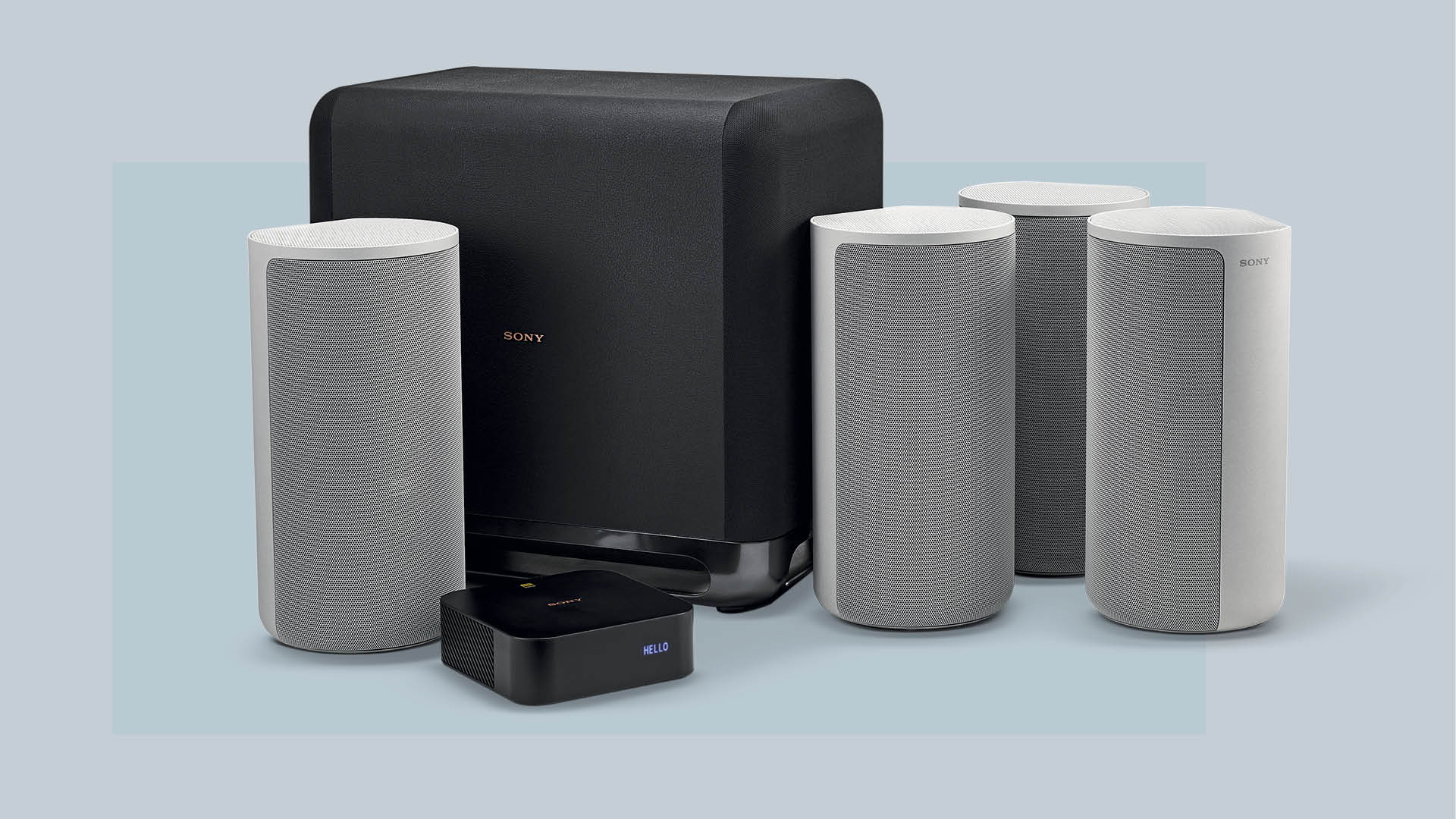

0 thoughts on “What Is The Best Projector Screen For A Home Theater”